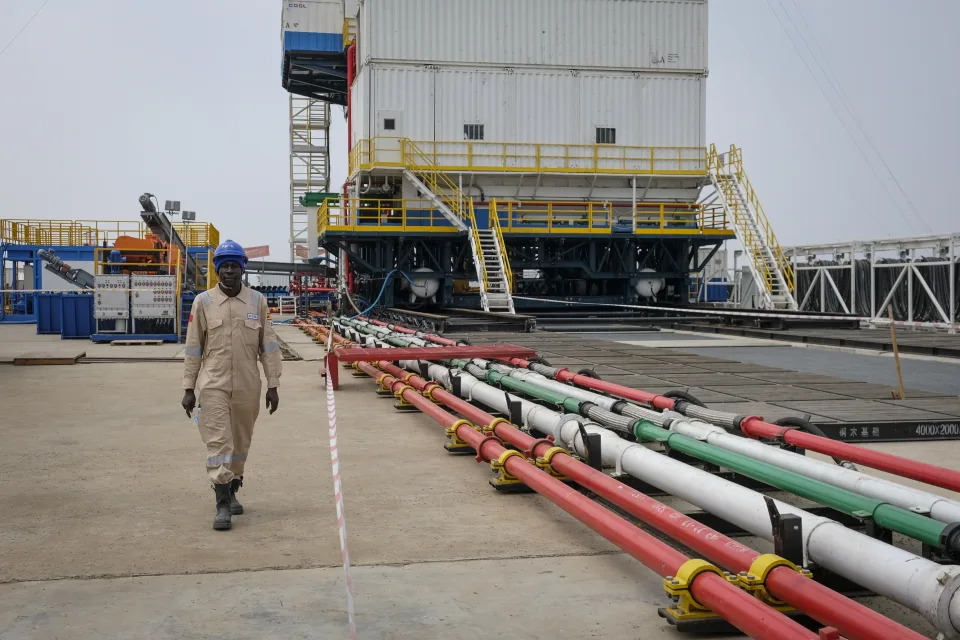(Bloomberg) -- Global oil markets face a glut next year despite last week’s decision by OPEC+ to delay supply increases, the International Energy Agency said.
World markets will be oversupplied by a hefty 1.4 million barrels a day if the group proceeds with plans to revive output starting in April, the IEA predicted in a monthly report. Even if OPEC+ cancels next year’s hikes entirely, there’ll still be an overhang of 950,000 barrels a day.
The cartel led by Saudi Arabia and Russia on Dec. 5 agreed yet again to postpone plans to restore shuttered output amid faltering crude prices, and slow the pace of increases once they do begin in the second quarter.
Global oil consumption will grow by 1.1 million barrels a day in 2025, or roughly 1%, according to the Paris-based IEA, which advises major economies. But it projects that supplies outside OPEC+ will expand by roughly 36% more, led by the US, Brazil, Canada and Guyana.
The OPEC+ delay “has materially reduced the potential supply overhang that was set to emerge next year,” the agency said. Nonetheless, “robust supply growth from non-OPEC+ countries and relatively modest global oil demand growth leaves the market looking comfortably supplied.”
Crude prices have retreated about 16% since early July to trade near $74 a barrel in London, as traders shrug off conflict in the Middle East and focus instead on faltering economic activity in China, the engine of oil consumption for the past two decades.
For several months, the Organization of Petroleum Exporting Countries and its partners have been seeking to restore production idled during the past couple of years, but have been thwarted by deteriorating market conditions.
The alliance has also struggled to ensure members abide by their agreed production limits. In November, they collectively exceeded quotas by a substantial 680,000 barrels a day, driven by the United Arab Emirates, Iraq and Russia, according to the IEA.
Global demand will increase by 840,000 barrels a day to average 102.8 million a day in this year, the agency predicts. The growth will be concentrated in petrochemical feedstocks as the need for transport fuels is constrained by the switch to more efficient or electric vehicles.
OPEC’s secretariat in Vienna has retreated from its strongly bullish forecasts over the past few months, moving closer to the IEA’s more subdued outlook. OPEC has slashed projections for demand growth in 2024 by 27% in five consecutive monthly downgrades, with a reduction in its latest assessment on Wednesday the biggest so far.





